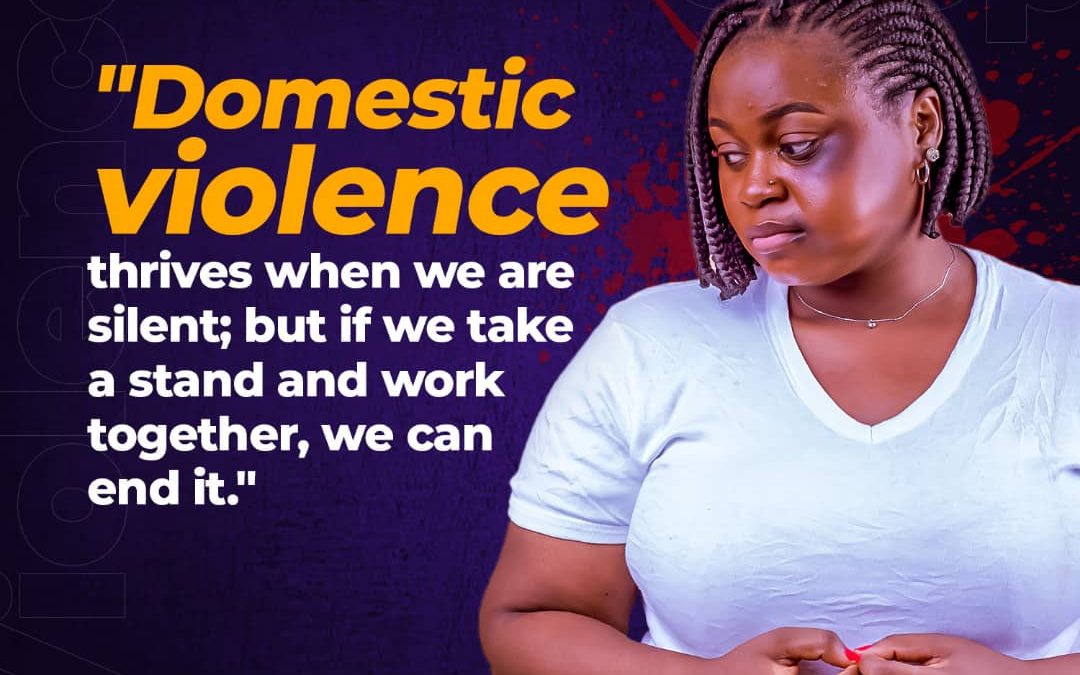Domestic violence, a pervasive yet often concealed issue, continues to afflict individuals and families worldwide, transcending boundaries of age, gender, socioeconomic status, and culture. Defined as a pattern of abusive behavior in any relationship used by one partner to gain or maintain power and control over another, domestic violence manifests in various forms, including physical, emotional, psychological, sexual, and financial abuse. Despite efforts to address this social malady, it remains alarmingly prevalent, necessitating heightened awareness, advocacy, and intervention strategies.
Understanding the Dynamics:
At the heart of domestic violence lies a complex interplay of factors, including power differentials, learned behaviors, societal norms, and individual vulnerabilities. Perpetrators often manipulate and isolate victims, engendering feelings of fear, shame, and helplessness. Moreover, cultural and systemic barriers can inhibit survivors from seeking assistance, perpetuating a cycle of silence and suffering.
Forms of Abuse:
Domestic violence encompasses a spectrum of abusive behaviors, each leaving profound and lasting impacts on survivors. Physical abuse, marked by acts of violence or aggression, can result in severe injuries, trauma, and even fatalities. Emotional and psychological abuse, characterized by manipulation, degradation, and intimidation, erode victims’ self-esteem and mental well-being. Sexual abuse, involving coerced or non-consensual acts, violates victims’ autonomy and dignity. Financial abuse, whereby perpetrators control finances and resources, further entrenches dependency and vulnerability.

